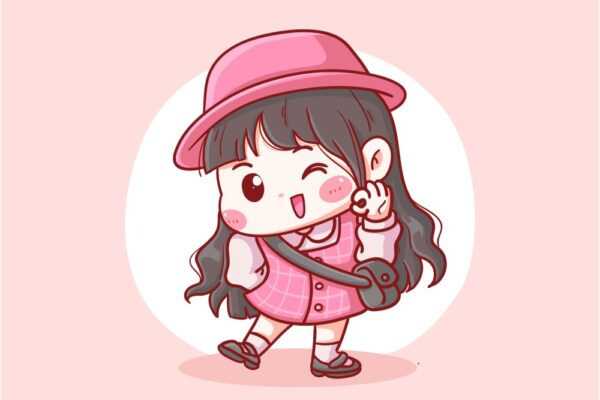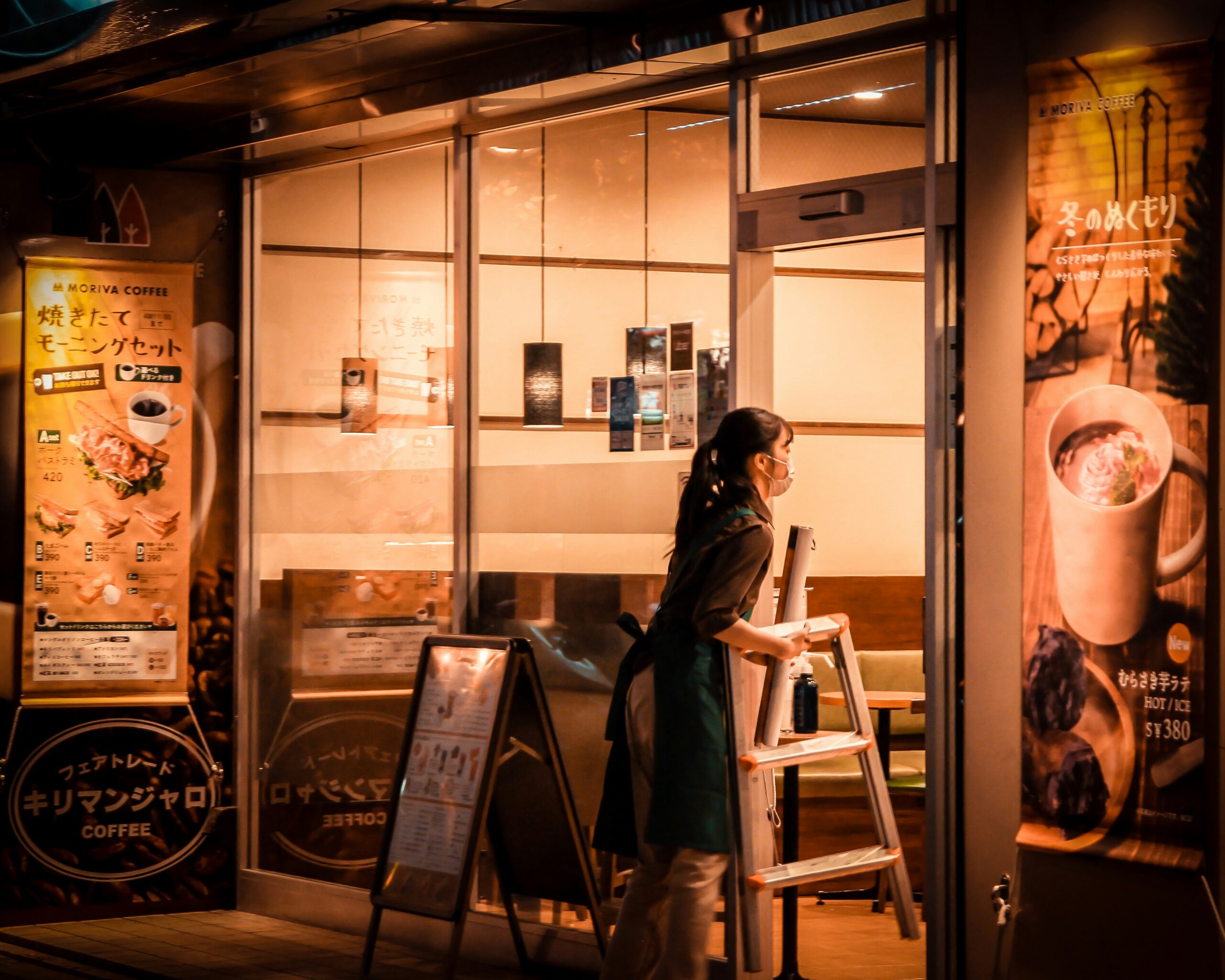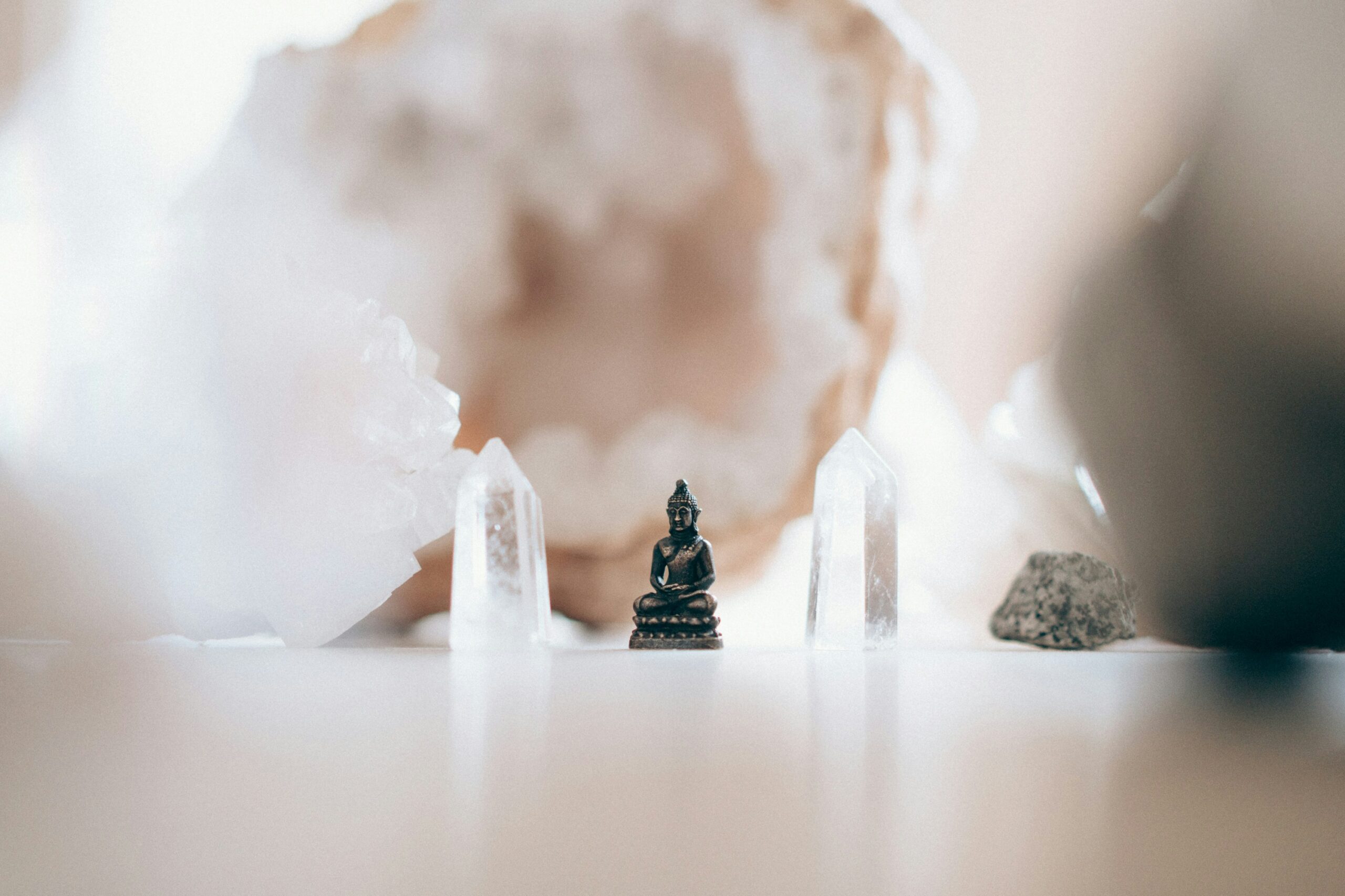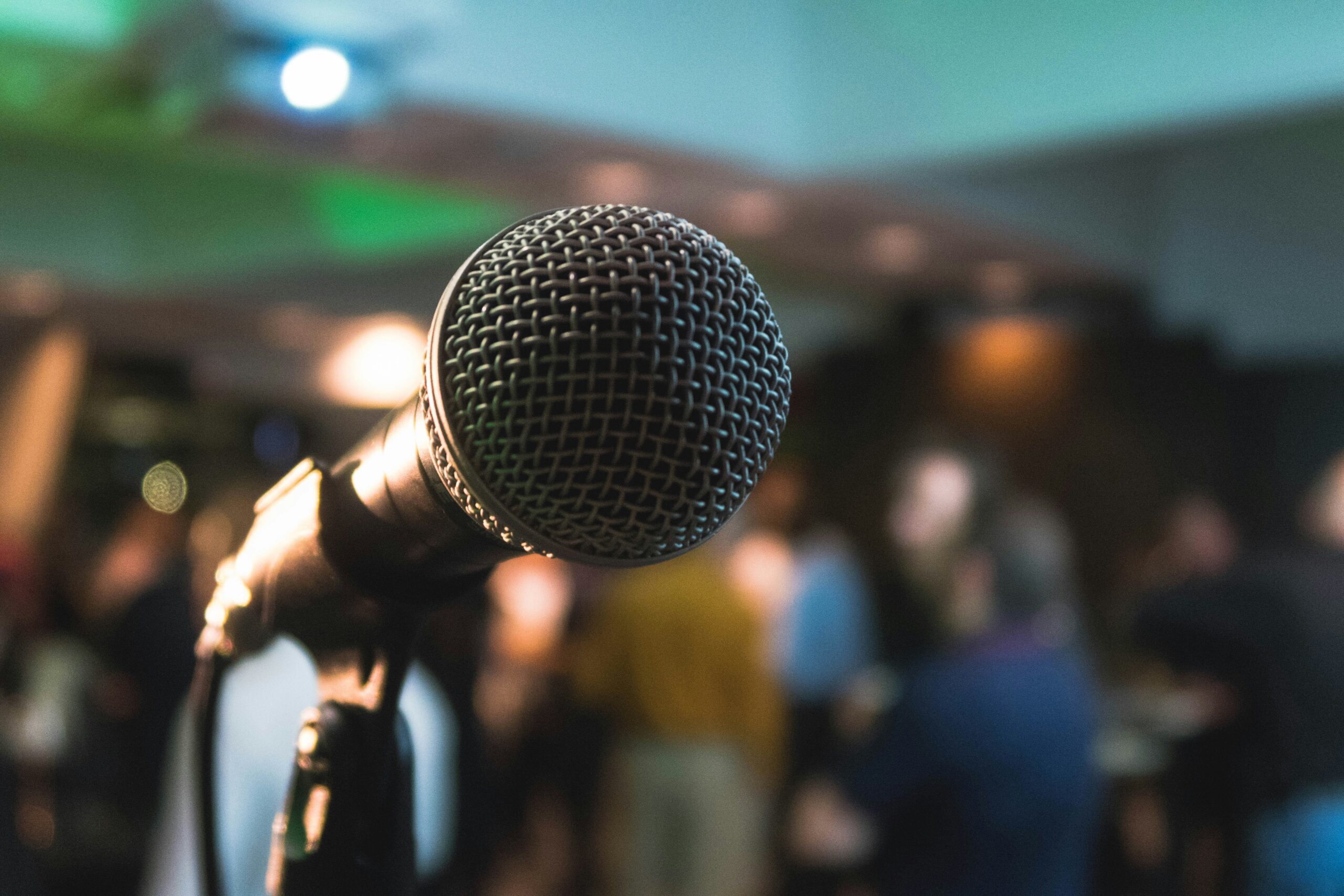Introduction to Alternative Massage Styles
The realm of massage therapy has long been characterized by traditional techniques, such as Swedish and deep tissue massage, which focus on muscle relaxation and relief from tension. However, the emergence of alternative massage styles has been notable in recent years, providing individuals with a diverse range of therapeutic options. These innovative approaches often diverge significantly from established methods, offering unique benefits that can enhance overall well-being.
Alternative massage styles typically incorporate elements that address physical, emotional, and spiritual dimensions of health. Techniques such as Thai massage, which integrates stretching and yoga postures, or Shiatsu, which employs acupressure along energy channels, showcase how these modalities expand the traditional understanding of massage therapy. Moreover, these revolutionary styles often prioritize energy flow and balance, aiming to harmonize not just the body but also the mind and spirit.
This broadening of perspective encourages individuals to explore lesser-known forms of massage therapy, which can include craniosacral therapy, lymphatic drainage, or even more holistic practices that weave in aspects of meditation and breathwork. Practitioners of alternative styles advocate for a comprehensive approach to health, emphasizing that massage is not merely a physical treatment but a multifaceted experience that can transform one’s overall state of health and vitality.
As consumers become increasingly aware of the limitations of conventional methods, they seek services that resonate with their personal needs and lifestyles. This shift has led to a growing appreciation for alternative massage styles, inviting both clients and practitioners to engage in a journey that goes beyond traditional forms. Understanding these emerging techniques not only enriches the field of massage therapy but also offers individuals a broader spectrum of choices for their wellness journeys.
The Origins of Unique Massage Techniques
Massage therapy has a rich history that spans various cultures and regions, each contributing unique techniques and philosophies over centuries. The origins of these practices can be traced back to ancient civilizations, where bodywork was not only a means for relaxation but also a crucial component of healing and wellness. Historical texts indicate that forms of massage were prevalent in ancient Egypt, Greece, and China, where practitioners utilized different pressures and strokes as part of their holistic healing approaches.
In Egypt, murals depict massage as a revered practice that was intertwined with rituals and spiritual healing. The Greeks later adopted these techniques, integrating them into their athletic training regimens, thereby linking physical fitness with therapeutic benefits. This historical perception of massage as both a sport-related and medicinal practice laid the groundwork for its evolution in the Western world.
Meanwhile, traditional Chinese medicine introduced unique massage styles like Tui Na, which focuses on energy flow and balance within the body. The emphasis on the concept of Qi, or life force, reflects a profound cultural understanding of the relationship between the body and the universe. This perspective influenced numerous Asian practices, promoting the idea that massage could not only address physical ailments but also promote emotional and spiritual well-being.
The significance of these rare massage styles within their cultures cannot be overstated; they embody historical philosophies and healing traditions passed down through generations. Each technique reflects the values and beliefs of its origin, making them an authentic element of cultural identity. As modern massage therapy continues to evolve, the influence of these ancient practices remains evident, with many contemporary techniques drawing inspiration from their historical roots, thereby enriching the therapeutic landscape today.
Techniques that Transcend Conventional Massage
Among the array of revolutionary massage techniques, lymphatic drainage, craniosacral therapy, and Rolfing stand out for their distinct methodologies and objectives. Each of these techniques diverges from conventional massage practices, offering unique benefits and promoting overall wellness through specialized approaches.
Lymphatic drainage massage primarily focuses on enhancing the body’s lymphatic system, which is crucial for removing toxins and waste. Practitioners utilize gentle and rhythmic strokes to stimulate lymph flow, reducing swelling and inflammation. This technique is particularly beneficial for individuals experiencing fluid retention or have undergone surgery, as it aids in the recovery process. By promoting better circulation and detoxification, lymphatic drainage contributes to enhanced immunity and overall health.
In contrast, craniosacral therapy emphasizes the intricate relationship between the cranial bones and the central nervous system. This technique employs light touch to manipulate the cranial sutures and facilitate the movement of cerebrospinal fluid. The objective is to relieve restrictions in the craniosacral system that may lead to discomfort or dysfunction. Practitioners aim to alleviate a range of conditions, from migraines to anxiety, as the therapy fosters a deep sense of relaxation and balance within the body.
Rolfing, often referred to as Rolfing Structural Integration, takes a more holistic approach. This technique focuses on aligning the body in relation to gravity and enhancing posture through deep tissue manipulation. Rolfing practitioners work to release chronic tension and realign the body’s connective tissues, thereby improving movement efficiency. The process not only addresses physical discomfort but also encourages emotional release, creating a profound connection between body and mind.
These innovative techniques showcase the evolving landscape of massage therapy, demonstrating how alternative approaches can positively impact physical and emotional wellbeing. By stepping beyond traditional methods, clients can discover a more tailored and effective path to healing and relaxation.
Benefits of Exploring Rare Massage Styles
Engaging with rare and revolutionary massage styles presents a multitude of benefits that encompass physical, mental, and emotional enhancements. These alternative techniques can significantly contribute to an individual’s overall well-being. For instance, many individuals report improvements in chronic pain management through the use of lesser-known methods such as Ashiatsu, where therapists use their feet to apply deep pressure. This unique approach allows for a more profound release of muscle tension and a distinct level of relaxation that traditional methods may not Additionally, exploring these unconventional therapies can lead to enhanced mental clarity and emotional stability. Techniques such as Lomi Lomi, a traditional Hawaiian massage, emphasize a holistic approach that integrates movement and breathing, promoting a deep sense of peace and balance. Clients often describe feelings of interconnectedness and release, leading to reduced anxiety and enhanced mood. Personal testimonials, such as those from practitioners of Thai massage, highlight increased flexibility and vitality, reflecting both physical and emotional uplifting as a result of these dynamic stretches and techniques.
수원출장마사지, individuals with high-stress lifestyles may find great relief in engaging with styles like Raindrop Therapy, which employs specific essential oils that are strategically dropped onto the body. This method targets emotional trauma and enhances the overall immune response. Many users advocate that this technique not only alleviates physical discomfort but also fosters emotional healing through the power of aromatic therapy. By stepping outside the bounds of conventional massage practices, individuals often discover innovative avenues for healing that can lead to transformative life changes.
In exploring rare and revolutionary massage techniques, practitioners and clients alike can tap into uncharted territories of well-being, experiencing profound improvements in their health and mental state.
Integrating Rare Styles into Your Wellness Routine
Incorporating rare and revolutionary massage styles into your wellness routine can offer unique benefits and deepen your self-care practices. To begin this journey, it is essential to identify qualified practitioners who specialize in these unconventional techniques. Start by researching local wellness centers, health spas, or even individual practitioners with a focus on alternative therapies. Online platforms and social media can help in finding reviews and testimonials that provide insights into the experiences of other clients. Additionally, attending wellness fairs or workshops can connect you directly with experts in rare massage styles.
Once you have identified a potential therapist, it is crucial to understand what to expect during your session. Different massage styles may vary significantly in their approaches and techniques. For instance, some methods might utilize heated stones, essential oils, or even specific props, while others could involve intricate movements that focus on energy flow or physical contortions. A thorough consultation before the session can clarify the techniques employed and help form realistic expectations regarding your experience. Being informed allows you to fully embrace the session and reap its potential benefits.
Effective communication with your therapist regarding your individual needs, preferences, and any physical limitations is paramount for an enriched massage experience. Open discussions can lead to a tailored session designed to address your unique wellness goals. Whether you prefer gentle strokes or firmer pressure, conveying your comfort level ensures that the practitioner can adjust their techniques accordingly. Furthermore, discussing any medical conditions or specific areas of discomfort can lead to a more personalized approach that takes your overall well-being into account.
Reviews of Noteworthy Practitioners and Studios
In the ever-evolving sphere of wellness, numerous practitioners and studios have emerged, specializing in rare and revolutionary massage techniques that expand the boundaries of traditional therapies. These extraordinary establishments not only offer their expertise but also contribute uniquely to the holistic healing experience.
One such noteworthy practitioner is Dr. Elaine Harper, renowned for her work with the rare art of Biodynamic Craniosacral Therapy. Dr. Harper operates from the tranquil environment of Holistic Healing Studio in Austin, Texas. Her clients frequently commend her gentle, yet profound approach that facilitates deep relaxation and promotes self-healing. Client testimonials often highlight the unique aspect of her therapy, which focuses on the subtle movements of the cranial bones and the flow of cerebrospinal fluid. This innovative approach, alongside Dr. Harper’s extensive training, has established her as a trusted figure in the alternative therapy community.
In Los Angeles, the Sanctuary Wellness Center has become a beacon for those seeking unique massage styles such as Lomi Lomi and Chakra Balancing. The center’s practitioners are not only highly trained in these techniques but also emphasize an integration of spiritual and physical well-being during sessions. Feedback from clients frequently reflects transformations involving stress relief and emotional release; a testament to the effectiveness of their holistic approach. Additionally, their tranquil ambiance and dedicated service have garnered numerous positive reviews, making Sanctuary Wellness a recommended destination for individuals looking to explore innovative massage therapies.
Another noteworthy mention is the Zen Bodywork Studio based in New York City, where practitioners specialize in Fusion Massage—a pioneering technique that combines elements from various traditions, such as Thai, Swedish, and Deep Tissue. Clients rave about the individualized sessions tailored specifically to their needs, providing a customized healing experience that promotes physical rejuvenation and mental clarity. The blend of techniques not only addresses muscle tension but also enhances overall energy flow, making it a highly regarded option among massage therapy enthusiasts.
Potential Risks and Safety Considerations
As the popularity of alternative massage styles continues to grow, it is essential to understand the potential risks and safety considerations associated with these techniques. Unlike traditional massage therapies, which are often well-regulated, some alternative styles may not have standardized practices or established guidelines. This lack of oversight can lead to various complications if the practitioner is not adequately trained or certified.
One of the fundamental aspects of ensuring safety during any massage treatment is recognizing contraindications. Certain conditions may render a massage inappropriate, such as severe cardiovascular issues, skin infections, or specific musculoskeletal disorders. It is imperative for both clients and massage therapists to communicate clearly about any health concerns or medical history. Individuals with underlying health conditions should consult a healthcare professional before embarking on any alternative massage experience, ensuring that they fully understand the risks involved.
Additionally, proper training and certification among practitioners are crucial to ensuring safe practices. While many alternative massage styles require a different skill set, comprehensive education should remain a priority. Clients should research their practitioner’s qualifications, including certifications and training programs, to ensure they have acquired the necessary knowledge and techniques. Verifying an instructor’s credentials fosters trust and allows clients to feel confident in the treatment they are receiving.
In addition to assessing the practitioner’s qualifications, clients should also take an active role in their massage experience. Communicating openly with the therapist about preferences, sensitivity levels, and any discomfort during the session can significantly enhance safety. Establishing this dialogue helps to create a supportive environment conducive to healing. Ultimately, understanding potential risks and prioritizing safety considerations can promote a positive massage experience, encouraging clients to explore the innovative world of alternative massage techniques responsibly.
The Future of Massage Therapy: Trends and Innovations
As the field of massage therapy continues to evolve, several emerging trends and innovations are shaping the future landscape of this dynamic profession. One of the most notable influences is technology, which is introducing new modalities and enhancing existing practices. More therapists are incorporating digital tools and gadgets into their sessions, providing clients with enhanced experiences that extend beyond traditional techniques.
Wearable technology, for example, is becoming increasingly prevalent among massage therapists. Devices that monitor physiological metrics, such as heart rate and muscle tension, allow therapists to tailor sessions more precisely to the client’s needs. Additionally, virtual reality (VR) has found its way into the massage realm, offering guided relaxation and stress relief experiences that clients can engage in before or after receiving in-person therapy. This blend of technology and traditional methods exemplifies how the industry is pushing the boundaries of conventional practices.
Moreover, an increasing focus on holistic and integrative approaches to wellness is shaping the future of massage therapy. Practitioners are increasingly integrating alternative modalities such as acupuncture, aromatherapy, and energy work into their sessions. This collaboration not only enhances the therapeutic value of massage but also fosters a more comprehensive approach to health and well-being. As awareness grows regarding the importance of mental and emotional health, therapists are prioritizing a multi-dimensional approach that addresses the individual’s overall state.
Additionally, customer demand for personalized experiences is prompting therapists to adopt flexible treatment plans that cater to individual preferences and health conditions. As more clients seek customized therapy sessions, the emphasis on understanding clients’ unique needs is likely to intensify. Overall, the future of massage therapy promises to delve deeper into technological advancements and holistic approaches, heralding a new era of comprehensive care that challenges traditional boundaries and enhances the massage experience.
Conclusion: A New Era in Wellness
As we have explored throughout this blog post, the world of massage therapy extends far beyond traditional techniques. Rare and revolutionary massage styles offer unique benefits that can enhance not only physical well-being but also mental and emotional health. By embracing these innovative practices, individuals can discover a more holistic approach to their wellness journey.
The key points discussed highlight the versatility and adaptability of various massage styles, showcasing how they can cater to diverse needs and preferences. From Thai massage’s invigorating stretches to the gentle healing of craniosacral therapy, each technique presents an opportunity for deeper relaxation, pain relief, and increased body awareness. Moreover, exploring these unconventional methods encourages individuals to venture outside the boundaries of conventional wellness, allowing them to find treatments that resonate on a personal level.
The integration of these rare styles into routine self-care practices underscores the importance of keeping an open mind regarding health and well-being. By understanding the value that revolutionary massage therapies can bring, individuals may address not only physical ailments but also emotional and psychological challenges. This expanded perspective on massage therapy fosters a deeper connection to one’s body and encourages a proactive approach to self-care.
Ultimately, the journey of discovering and experiencing these innovative massage styles can lead to profound transformations in one’s overall quality of life. As we continue to seek out new methods for maintaining wellness, let us remain receptive to the benefits that arise from integrating these rare techniques into our lives. Embracing a diverse array of massage practices promises an enriching experience on the path to health and vitality.





